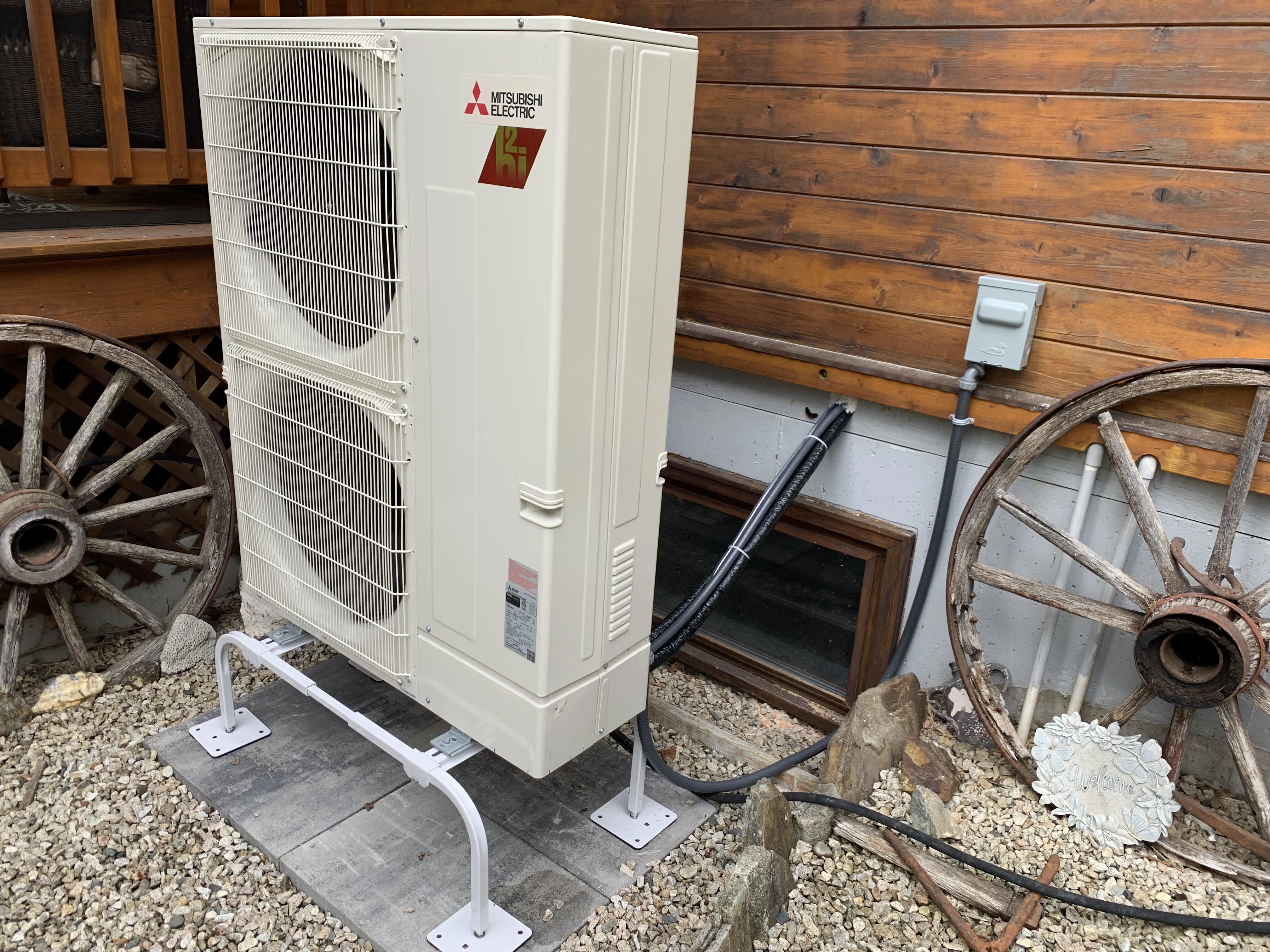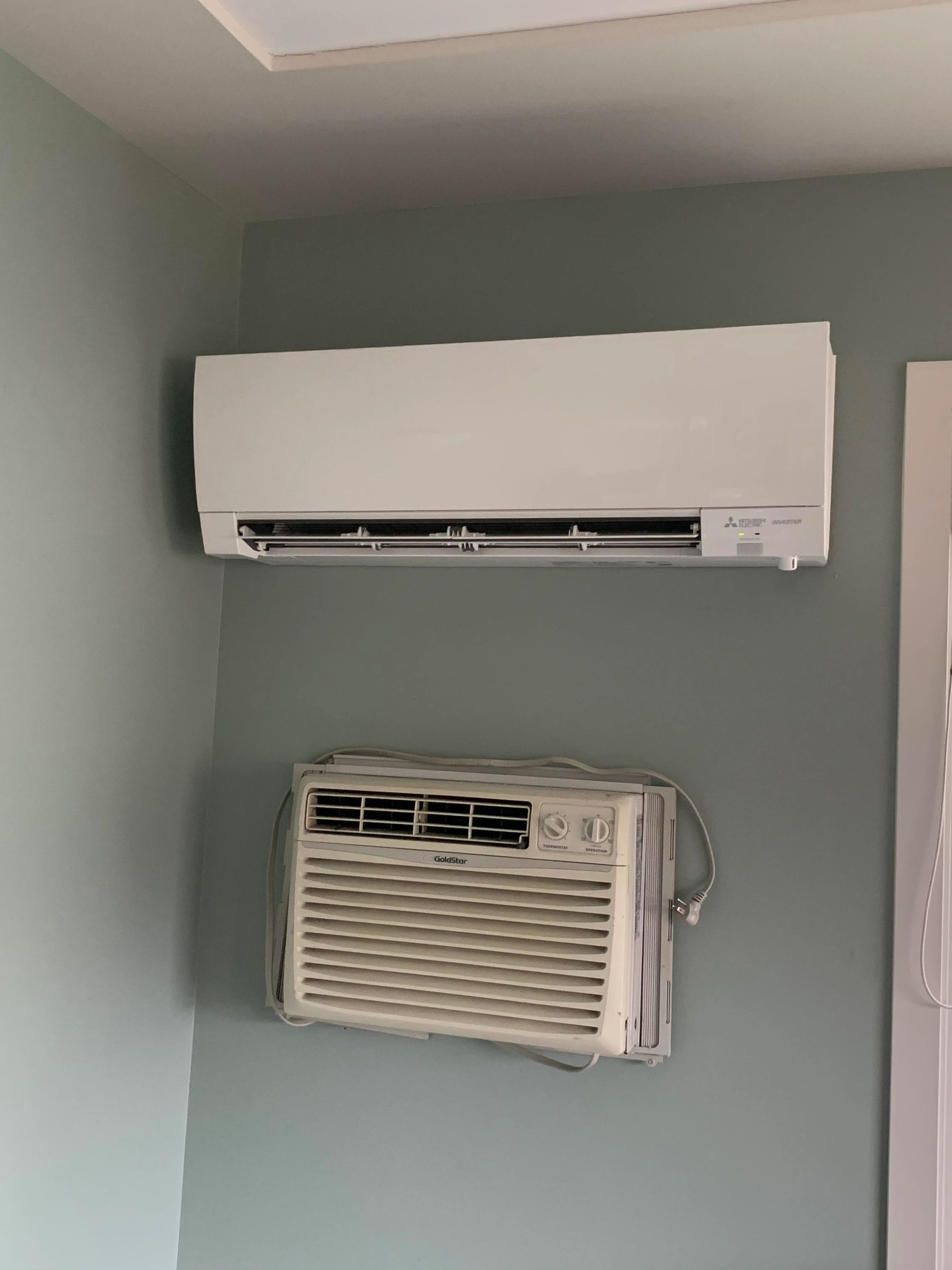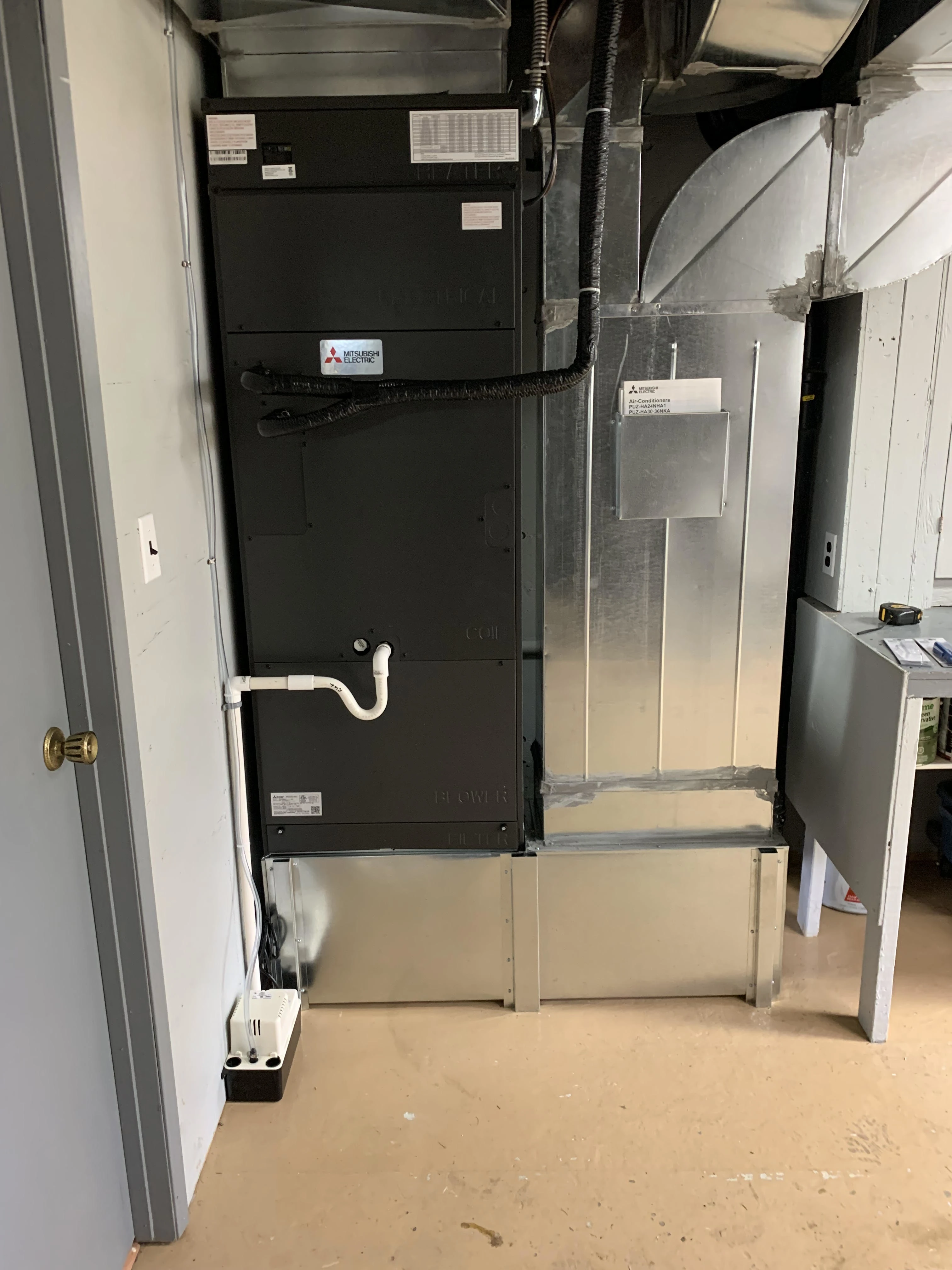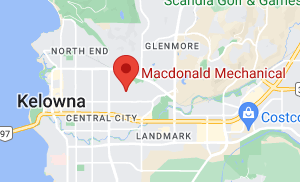Heat pumps: What are they and how do they work?
Since the advent of heat pumps, their adoption as a credible alternative to more traditional home heating methods, such as gas furnaces, was hindered by energy inefficiencies. Now that these early generation heat pump inefficiencies have been ironed out, their popularity in BC has risen over the last decade, with residential HVAC companies installing more by the month.

The ever-growing adoption of heat pumps has been influenced by factors such as increasing energy efficiency awareness, advancements in heat pump technology, a growing interest in environmentally consciousness heating, and a system which facilitates an all-in-one home heating and cooling solution. Another reason for the rising adoption of heat pumps are the various provincial and federal government incentives.


How heat pumps work
Heat pumps work by transferring heat from one location to another, using a refrigeration cycle to provide both heating and cooling for residential homes.
Here are the steps involved in both heating and cooling operations.
Heating Mode
Step one: Compression
The compressor within the heat pump unit pressurizes the low-pressure, low temperature vapour refrigerant to a high pressure, high temperature vapour refrigerant.
Step two: Condensation
The high pressure, high temperature refrigerant passes through a condenser coil, in turn releasing heat to the indoor air, causing it to condense into a liquid state. This process occurs in your indoor unit.
Step three: Metering Device
The high pressure liquid refrigerant passes through a metering device which lowers the pressure and temperature of the refrigerant into the evaporator.
Step four: Evaporation
The heat pump extracts heat from an external source, such as outdoor air, the ground, or water. With the most popular heat pump, which uses an air source, a fan draws outdoor air across an evaporator coil. The heat from the outdoor air causes the refrigerant in the evaporator to evaporate into a vapour refrigerant. This is a closed loop system and returns back to the compressor.
Cooling Mode (Reverse order of Heating Mode)
Step one: Compression
The compressor within the heat pump unit pressurizes the low-pressure, low temperature vapour refrigerant, to a high pressure, high temperature vapour refrigerant.
Step two: Condensation
The high pressure, high temperature refrigerant passes through a condenser coil, in turn releasing heat to the outdoor air, causing it to condense into a liquid state. This process occurs in your outdoor unit.
Step three: Metering Device
The high pressure liquid refrigerant passes through a metering device which lowers the pressure and temperature of the refrigerant into the evaporator.
Step four: Evaporation
The heat pump extracts heat by using your indoor fan drawing air across the evaporator. The heat from the indoor air causes the refrigerant in the evaporator to evaporate into a vapour refrigerant. This is a closed loop system and returns back to the compressor.
Reversing Valve
All heat pump systems have a reversing valve to reverse the flow of the refrigerant. The reversing valve will be energized or de-energized depending on if there is a call for heating or cooling.
The advantage of heat pumps
Heat pumps are versatile, efficient, reduce energy bills and for the lifetime of the operation, they heat and cool, they are less prone to breakdown and last longer than other more conventional home heating systems. Plus, at present, provincial and federal governments are offering several attractive grants and rebates, such as the CleanBC Rebate and the Canada Greener Homes Grant.
One key thing to note is that while heat pumps are incredibly versatile and energy efficient, they are generally more effective in moderate climates. In cold conditions, i.e. sub -15°c, the efficiency of air source heat pumps will decrease to a level where supplementary heat is required such as a gas furnace or electric auxiliary heater. Proper installation, sizing, and regular maintenance are crucial for optimal performance of your heat pump.
To see a great diagram of how the heating and cooling process works, please visit the following CBC article which was published on November 15, 2023.
To learn more about the benefits of heat pumps, or the grants and rebates on offer and how to go about securing one, or about any other type of service an HVAC company can provide, call Macdonald Mechanical at 250-681-2600 or email us today!
